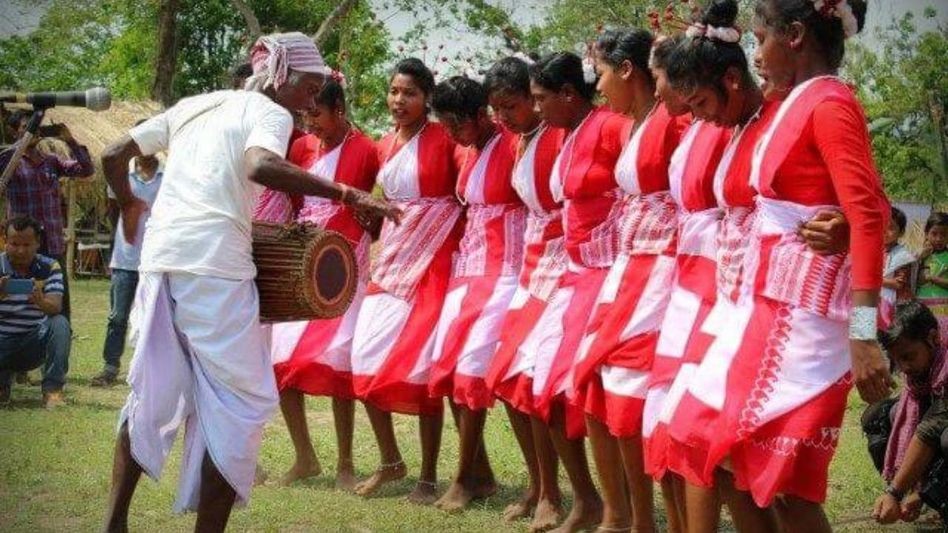|
One Liners 24-02-2025
|
|
History, Art and Culture
|
|
India’s UNESCO Nomination for Maratha Military Landscapes
- Nominated- 12 sites demonstrating the military strength of the Maratha empire.
- Proposal submitted to UNESCO is titled - 'Maratha Military Landscape of India. '
- Maratha Military Landscapes - Consist of a network of forts from the 17th-19th centuries.
- The 12 sites include Salher Fort, Shivneri Fort, Lohgad, Khanderi Fort, Raigad, Rajgad, Pratapgad, Suvarnadurg, Panhala Fort, Vijay durg, Sindhudurg in Maharashtra, and Gingee Fort in Tamil Nadu.
|
|
Ibn Batuta 14th century Traveller
- Origin - From Tangier, modern Morocco
- Visited - India during reign of Muhammad bin Tughlaq.
- Author of - Safarnama Rihala', a significant historical reference.
- Soil Fertility - Described Indian soil as fertile, producing two crops yearly
- Token Currency - Noted effect of the token currency failure in Delhi, 1333 CE.
|
|
Bodoland Territorial Region (BTR)
- BTR- Government in Assam has recently recognized Bathouism as an official religion choice in multiple application forms.
- Bathouism – It is the traditional religion of the Bodos, Assam’s largest plains tribe, who live along the Brahmaputra River.
- Belief - Faith revolves around the worship of Bathoubwrai, the supreme god of the Bodos.
- The term Bathou - Translates to 5 deep philosophical thoughts’.
- These thoughts are represented by 5 elements – Air, Sun, Earth, Fire, and Sky.
- This concept is akin to the Panchatatva in Hinduism, emphasising the connection between nature and spirituality.
|
|
Geography
|
|
Iraq's Sinking North
- Northern Iraq - Near the Zagros Mountains, is slowly sinking.
- Tectonic Pull - A subducting oceanic slab is pulling the region down, a result of long-term tectonic activity.
- Plate Interactions - This is driven by the Arabian and Eurasian plates colliding, a core concept of plate tectonics.
- Plate movement - Causes earthquakes, volcanoes, and mountain building, also impacting Iraq's geology.
|
|
Polity & Governance
|
|
Information Technology Act, 2000
- Modeled - After the United Nations Model Law on Electronic Commerce 1996.
- Addresses- Cybercrime and E-Commerce in India.
- Objective- To facilitate secure electronic transactions and reduce cybercrimes.
Provision Section 69 of the IT Act
- Allows government content blocking orders to online intermediaries.
- Applies to ISPs, telecom providers, web hosting services, search engines & online marketplaces.
- Content must be considered a threat to India's national security, sovereignty, or public order.
- Government can block content if deemed “necessary” and “expedient” for these reasons.
|
|
International Relations and Issues
|
|
Women in Peacekeeping Conference
- Titled - Women in Peacekeeping: A Global South Perspective.
- Venue- New Delhi.
- Nodal Agency- Ministry of External Affairs, in collaboration with the Ministry of Defence and the Centre for UN Peacekeeping.
- Objective – To discuss role of women in peacekeeping efforts.
- Assembly of - Women peacekeepers from 35 troop-contributing countries in the Global South.
|
|
Environment
|
|
Haryana Witness Protection Scheme 2025
- Objective – It aims to ensure better security for witnesses in Haryana.
- Witnesses are categorized by threat level.
- Category A - Life-threatening situations.
- Category B - Threats to safety, reputation, or property.
- Category C - Moderate threats like harassment.
- Protective Measures
- Ensure witnesses do not encounter the accused
- Monitoring of communications
- Close protection services
|
|
Science
|
|
Acute Myeloid Leukaemia (AML) Health Challenges
- Vulnerable - Countries in low and middle income countries for e.g. India.
- AML – It is the most common type of leukaemia in adults.
- Characterized by - Rapid growth of abnormal blood cells, known as blasts.
- Affects - Blood and bone marrow, causing severe complications if untreated.
|
|
Nayanamritham 2.0 AI-Powered Vision
- Launched by – Kerala.
- The world’s 1st - Government-led AI eye screening program, building on Nayanamritham 1.0.
- Nayanamritham 1.0 - focused on diabetic retinopathy (DR) screening at Family Health Centers.
- Human Expertise - Initial screenings relied on ophthalmologist interpretation at specialized centers.
- AI-Enhanced Detection - Nayanamritham 2.0 introduces AI for chronic eye disease screening.
- Improved Accessibility - It aims to make quality eye care more accessible across Kerala.
- Early Intervention - Enhanced detection capabilities will lead to earlier treatment and better outcomes.
|
